The traditional route of taking medicines in tablet form for certain conditions could potentially be replaced by a small device similar to a pacemaker, researchers claim. The device is roughly the same size as a pacemaker, but instead of being implanted by the heart, it sits just below the left collarbone. The idea is that the device stimulates the vagus nerve, which runs from the brain to the abdomen and is responsible for maintaining our heart rate, as well as relaying signals to and from our spleen, lungs and digestive system.
A realistic alternative
The device in question is already used to treat some types of depression and epilepsy which haven’t responded to traditional treatment. It’s hoped that the number of conditions treated using it could be vastly expanded, bringing new hope to those who suffer from conditions which are difficult to treat with conventional medicine.
The bioelectronics device works by tapping into something known as ‘the inflammatory reflex’ which involves the vagus nerve relaying information relating to pain and inflammation in the body back to the brain. The brain then sends signals to the organ in question in order to try and reduce the symptoms. The nVNS device works by utilising neural circuits which are responsible for the release of particular molecules identified as active in certain conditions, as opposed to a prescribed pharmaceutical medication which instead uses drugs to target these molecules.
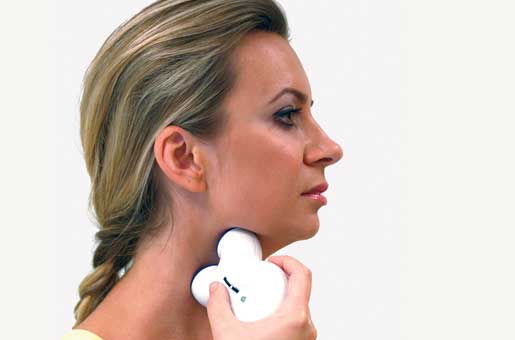
nVNS Device. (electroCore)
In the case of rheumatoid arthritis, the molecule in question is tumor necrosis factor (TNF) which is involved in inflammation. Whilst traditional drugs to treat rheumatoid arthritis focus on blocking the activity of TNF work for the majority of patients, they aren’t always successful and can also increase the risk of cancer. Instead, the bioelectric device stimulates the vagus nerve to switch off the release of TNF. Whilst this is a complex process, it’s hoped that further research will help scientists fully understand the exact pathway as well as helping them extend to the treatment of other conditions as well.
Changing the face of modern medicine
Kevin Tracy, co-founder of bioelectronics company SetPoint Medical and president of the Feinstein Institute for Medical Research, said when speaking to The Guardian: “In your lifetime and mine we are going to see millions of people with devices so they don’t have to take drugs.”
There are certainly a number of published studies which seem to back up his claim. Tracy and colleagues published a study titled ‘Vagus nerve stimulation inhibits cytokine production and attenuates disease severity in rheumatoid arthritis’ in the journal Proceedings of the National Academy of Sciences, last year. The study involved 17 patients with rheumatoid arthritis, two-thirds of whom showed an improvement of 20 percent or more after being fitted with the device. Another NHS study in the UK is looking into the effect one of these implanted devices may have on patients suffering from a disorder of the immune system known as Primary Sjogren’s Syndrome. So far it appears that the results of the pilot study have been promising. This condition currently has no effective treatment so patients cannot be prescribed any medication to alleviate symptoms.
The NHS study is using a device from electroCore LLC, a US based bioelectric healthcare company. Their device centres on non-invasive self-administered Vagus Nerve Stimulation (nVNS) therapy and they suggest this can be used on a wide range of conditions in a range of field including psychiatry, neurology and gastroenterology to name but a few.
Matthijs Kox, based at the Radboud University Medical Centre in the Netherlands said when speaking to The Guardian: “I am a bit reluctant to say that this is the magic bullet or something, but it is certainly a very interesting pathway and could be very relevant to those kind of diseases [rheumatoid arthritis]. The goal is of course to alleviate symptoms and maybe to taper down medication – but that is still a long way down the road.”
Top image: A knocked over bottle of pills. (CC BY 2.0)

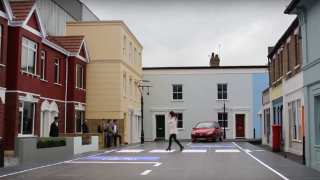
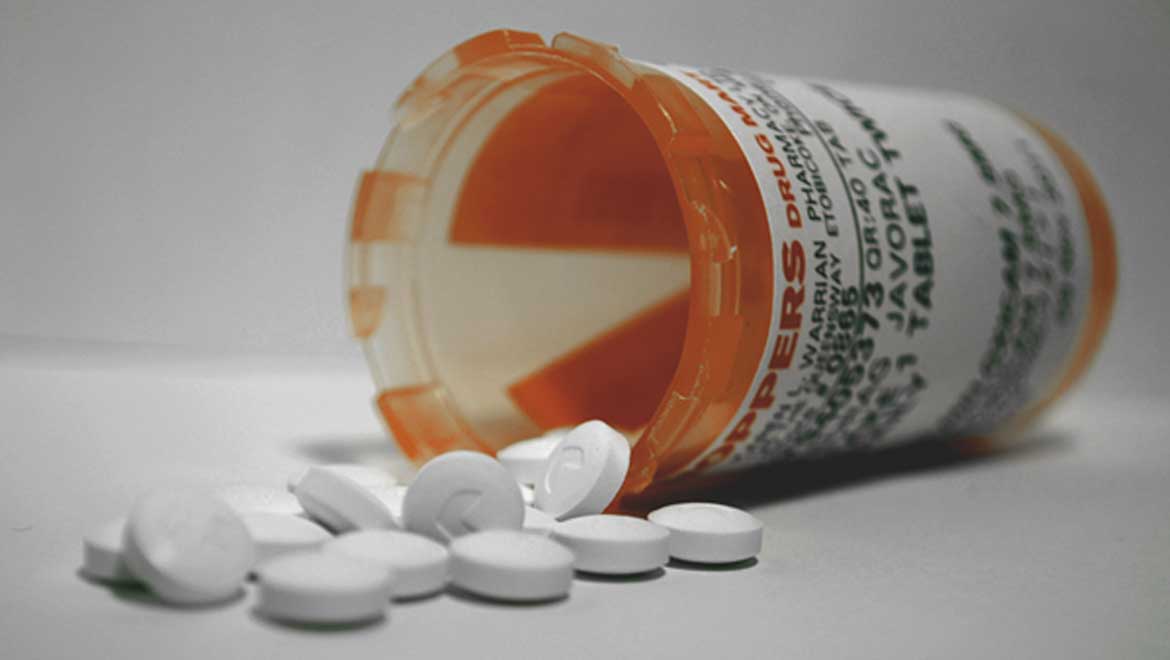

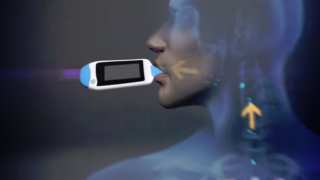
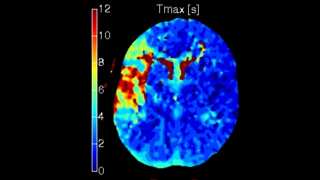

No comment